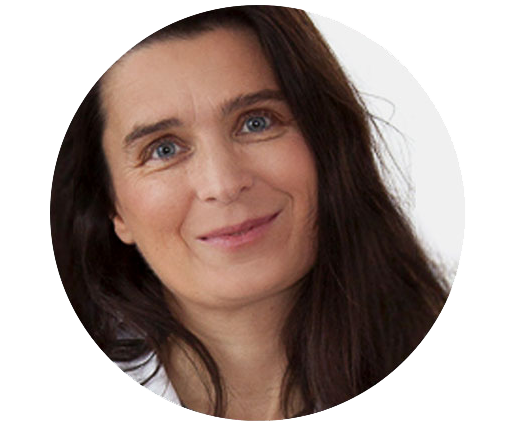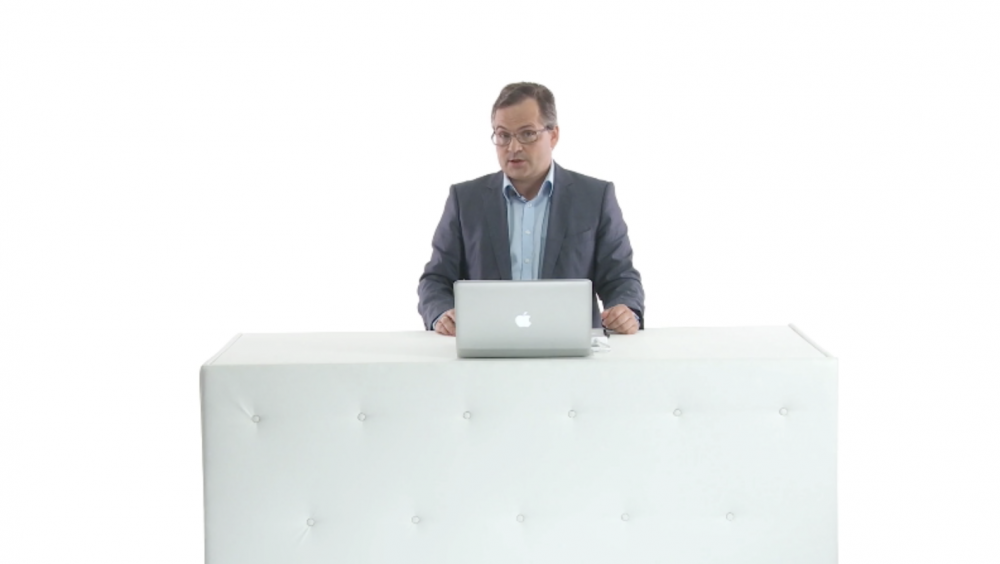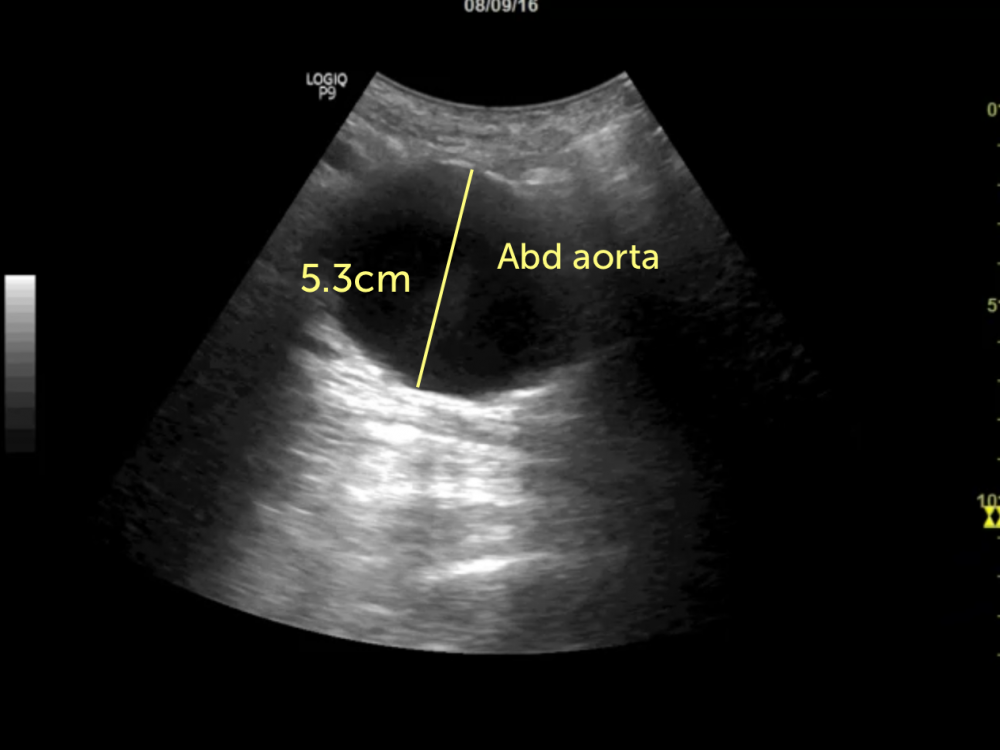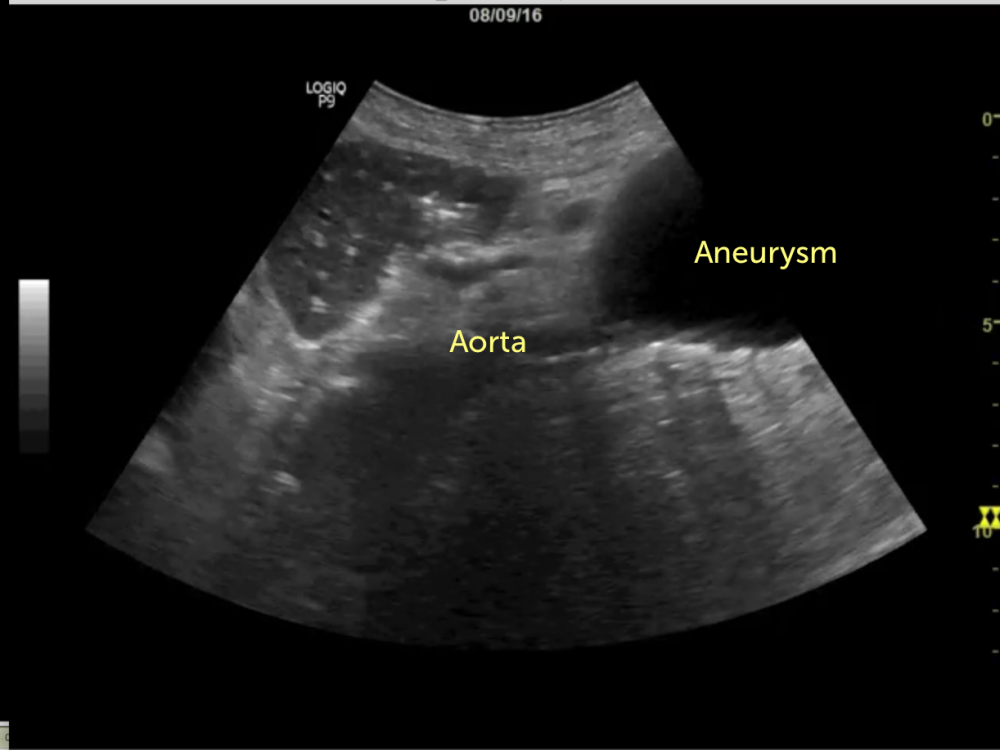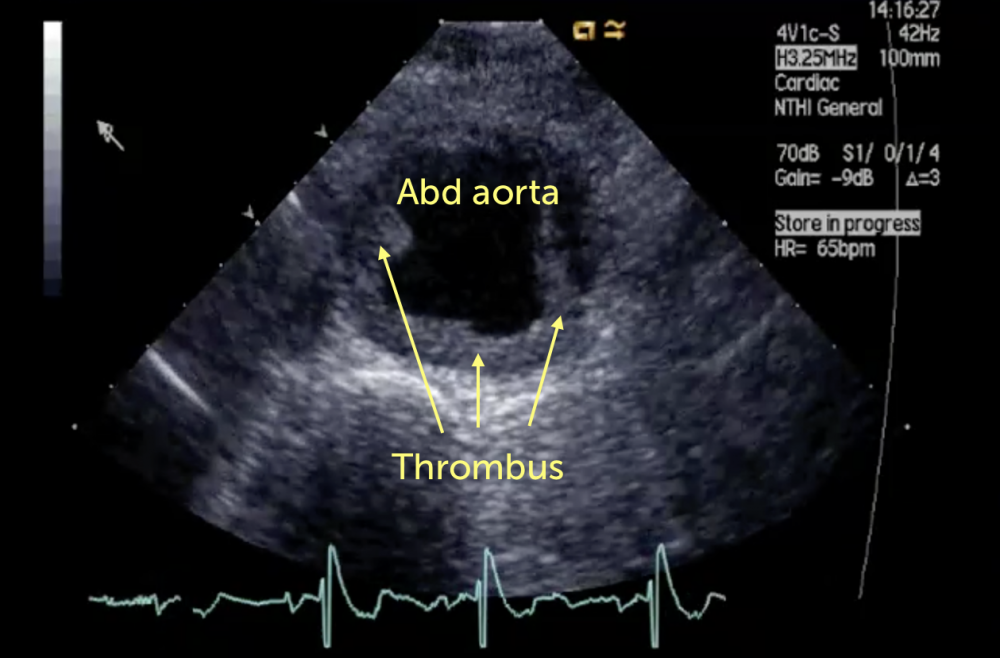Celebrity Case Reports Part 5: Albert Einstein – Death “without” the help of a doctor

On the 12th of April Einstein experienced sudden and severe abdominal pain, but refused to call for a doctor. He knew what the cause of the pain was and he was prepared to die.
Einstein’s medical history
Albert Einstein had a long medical history. At the age of 38, long after he published his major works on the theory of relativity he became severely ill, devolved jaundice and lost approximately 25 kilogram of body weight. The diagnosis of liver cirrhosis was established many years later. Since Einstein rarely drank alcohol it is assumed that it was infectious hepatitis, which was the cause of cirrhosis and the reason for his severe illness earlier.
With 49, while still in Berlin he experienced a physical collapse. His doctor Dr. Janos Plesch diagnosed an “inflammation of the heart” and he was ordered bed rest for 4-months. But it was mostly gastrointestinal complaints and illness that impacted his health, especially in the last years of his life. Einstein frequently complained of intestinal pain and emesis, had cholecystitis and was diagnosed with gastritis and gastric ulcer. In1948, at the age of 69, Dr. Ehrmann suspected “intestinal cysts”. Surgery was performed by Professor Rudolf Nissen a scholar of the famous Professor Sauerbruch at the Jewish Hospital in Brooklyn, New York. It was during this operation that the diagnosis of an abdominal aortic aneurysm was made. From then on Einstein was aware that the clock was ticking.
Aortic aneurysms
The possibilities to diagnose an aortic aneurysm were quite limited at the time. Ultrasound and CT were not invented and plain radiography had a low sensitivity for the detection of aortic aneurysms.
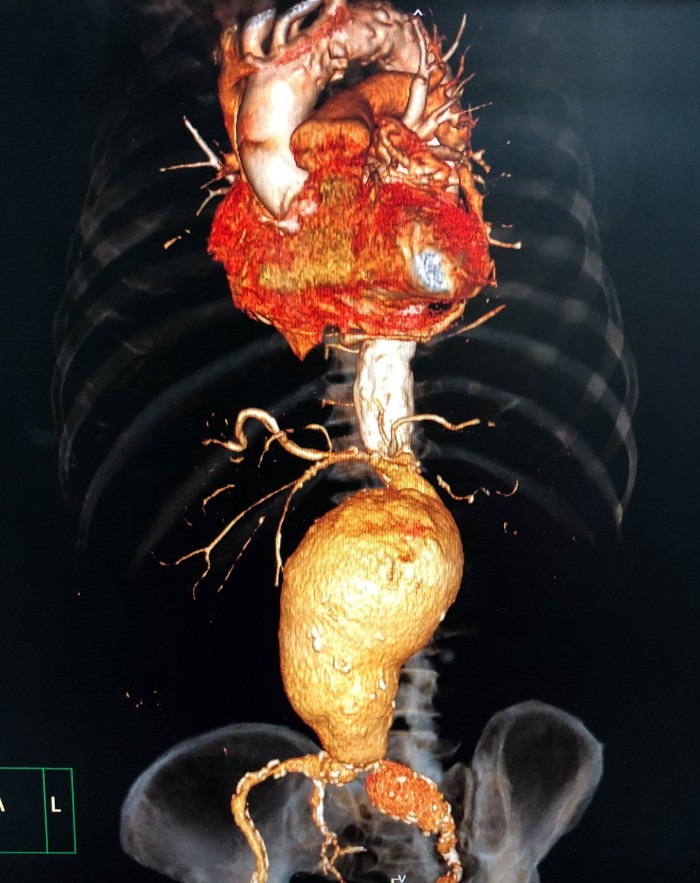
Nowadays, abdominal aortic aneurysms are quite easy to diagnose with ultrasound. It can also be used at the bedside and has a sensitivity and specificity of nearly 100%. Ultrasound is also widely accepted as a screening tool for high-risk patients.
The following demonstration shows the normal appearance of the abdominal aorta with abdominal ultrasound:
Typically you will find a localized increase in the aortic diameter of >3cm. Within the aneurysm you might see thrombus formation. Aneurysms of 5 cm and more in diameter show an increased risk for rupture and invasive treatment should be considered.
Einsteins pipe and the risk of aneurysms
It is unclear if Einstein had hypertension, or hyperlipidemia, both are important risk factors for atherosclerosis and the development of aortic aneurysms. But one thing we do know is that Einstein was a “pipe” smoker. Einstein never quite obeyed his doctors who ordered him on many occasions to quit smoking. Smoking is a major risk factor for aortic aneurysms, resulting in a 7.6 fold increased risk. Studies have shown that 80% of people who develop an aortic aneurysm are smokers.
Which treatment options were available at the time? Charles Dubost in Paris performed the first successful resection of an aortic aneurysm in 1951 and the first successful repair of a ruptured aortic aneurysm (Henry Bahnson) was in 1953. So, while aneurysm surgery was relative new and frequently did not provide optimal results it would have been an option for Einstein.
Waiting for his death
In the afternoon of the 13th of April Einstein collapsed, the aneurysm was rupturing and blood was slowly oozing into the retroperitoneum. Four specialists summoned and consulted if surgery should be attempted, but Einstein empathically declined any form of treatment. He was brought to the Princeton hospital on the 15th of April where he patiently expected his death. On the 18th of April shortly after midnight the night nurse noticed that his breathing pattern had changed. He mumbled a few last words in his German mother tongue, which she did not understand.
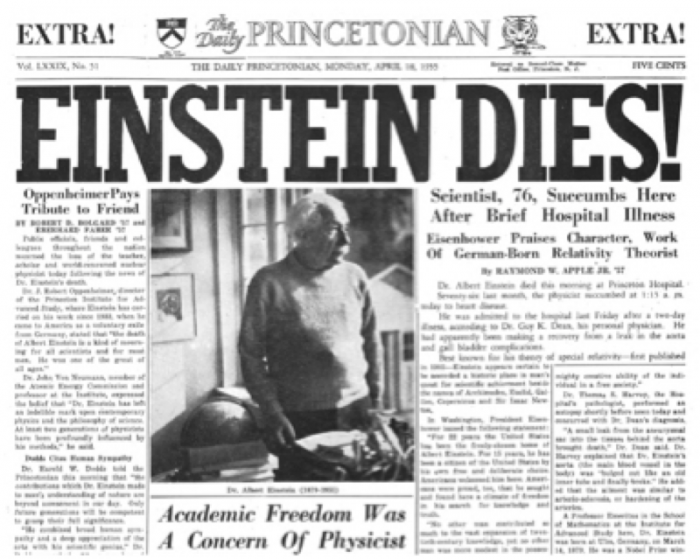
Albert Einstein died “peacefully” shortly thereafter. According to his last will his body (with the exception of his brain) was cremated and his ashes scattered.
His theory of relativity, though, and the finding of the photoelectric effect live on as his legacy and changed the world of science forever.
If you like the way we teach, please leave a message!
Ulli Handler, Thomas Binder and the 123sonography team
PS: You can find more „Celebrity Case Reports here:

